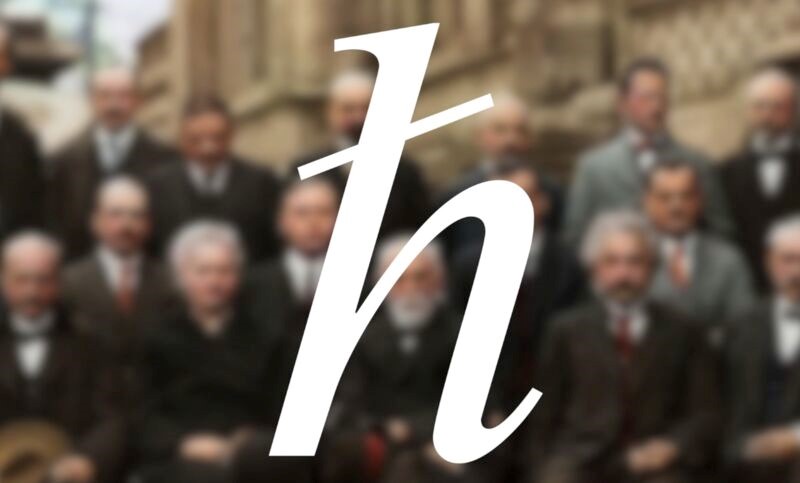
Topological Qubits
The reduced Planck constant, ħ, or Dirac constant, is the unit of particle spins and a fundamental physical constant that relates a particle’s energy to its angular momentum. It is denoted by the symbol ħ (h-bar). The reduced Planck constant is equal to the Planck constant divided by 2π. Its value is approximately 6.62607015 × 10−34 J⋅s.
Bosons are particles that follow Bose-Einstein statistics and have integer spin (0, 1, 2, etc.). They are particles that can occupy the same quantum state and, as a result, can form Bose-Einstein condensates. Examples of bosons include photons and gluons.
Fermions are particles that follow Fermi-Dirac statistics and have half-integer spin (1/2, 3/2, 5/2, etc.). They obey the Pauli Exclusion Principle, meaning that no two fermions can occupy the same quantum state. Examples of fermions include electrons, protons, and neutrons.
While many researchers are working on building qubits with reasonable decoherence time, topological quantum qubits are a type of qubit constructed from a topological quantum system. They take advantage of the unique properties of anyone. An anyon is a 2-D quasiparticle that is neither a boson nor a fermion! Topological systems are systems whose properties are preserved under continuous deformations and are thus very stable against external disturbances. Topological quantum qubits are more resilient to errors than other qubits since they are not affected by local noise. This makes them ideal for use in quantum computing applications.

Hamed Nazari
Hamed is an innovative and results-driven Chief Scientist with expertise in Quantum Science, Engineering, and AI. He has worked for leading tech companies in Silicon Valley and served as an Adjunct Professor at UC Berkeley and UCLA.
